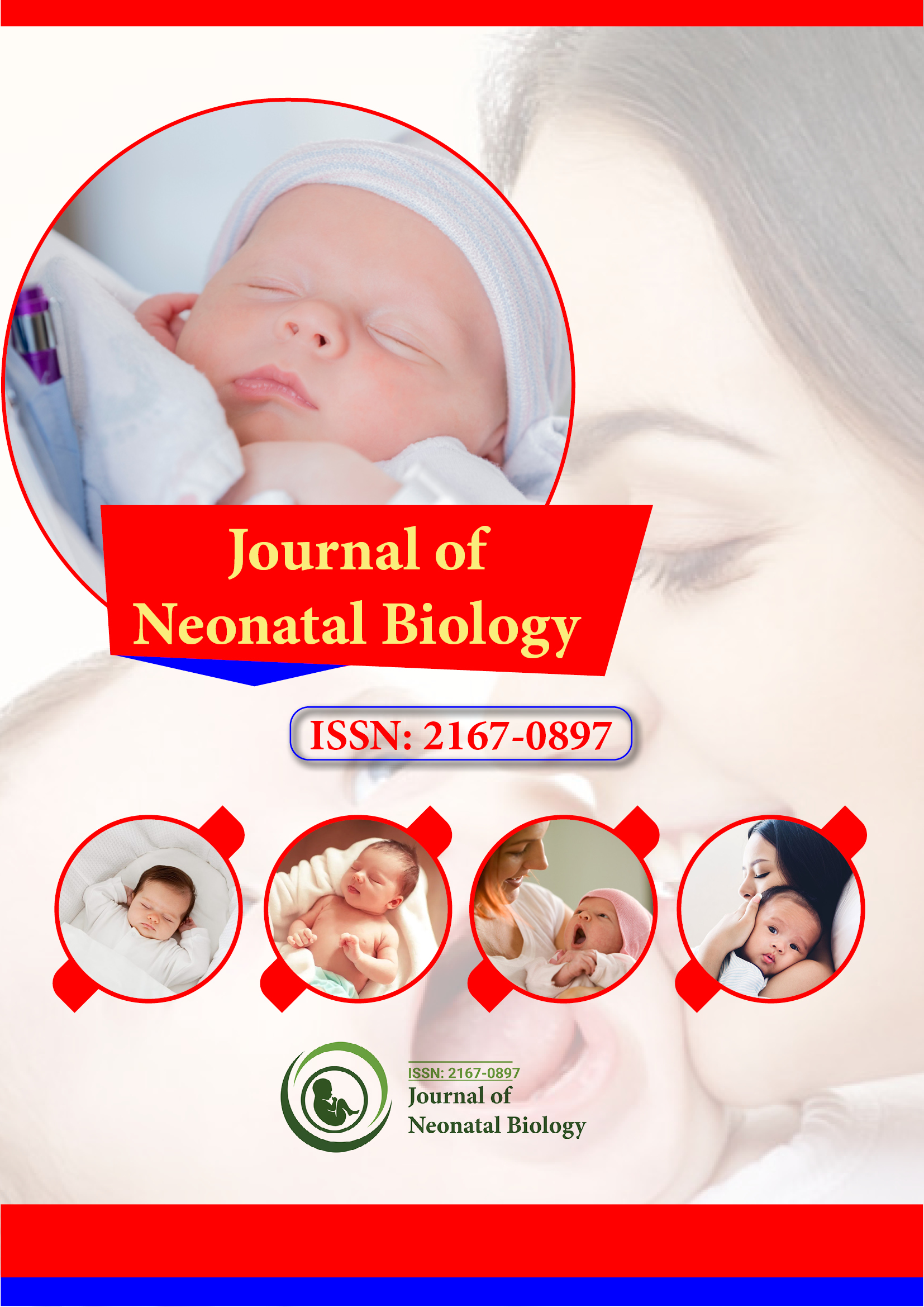Indiziert in
- Genamics JournalSeek
- RefSeek
- Hamdard-Universität
- EBSCO AZ
- OCLC – WorldCat
- Publons
- Genfer Stiftung für medizinische Ausbildung und Forschung
- Euro-Pub
- Google Scholar
Nützliche Links
Teile diese Seite
Zeitschriftenflyer

Open-Access-Zeitschriften
- Allgemeine Wissenschaft
- Biochemie
- Bioinformatik und Systembiologie
- Chemie
- Genetik und Molekularbiologie
- Immunologie und Mikrobiologie
- Klinische Wissenschaften
- Krankenpflege und Gesundheitsfürsorge
- Landwirtschaft und Aquakultur
- Lebensmittel & Ernährung
- Maschinenbau
- Materialwissenschaften
- Medizinische Wissenschaften
- Neurowissenschaften und Psychologie
- Pharmazeutische Wissenschaften
- Umweltwissenschaften
- Veterinärwissenschaften
- Wirtschaft & Management
Abstrakt
Etiology and Initial Investigation of Neonatal Jaundice
Sydur Rahman and Matthew D. Alvin
Neonatal jaundice occurs in up to 60% of full-term infants and 80% of preterm infants in the first week of life. Although neonatal jaundice is often considered a single clinical entity, it is a physical finding associated with many possible etiologies. Jaundice is observed when the pigment bilirubin accumulates in the skin, sclera, and other tissues. The importance of correctly identifying the etiology of neonatal jaundice lies in the need for early intervention to avoid the devastating consequences of persistent hyperbilirubinemia, namely bilirubin-induced neurologic dysfunction (BIND), early kernicteric kernicterus. This manuscript provides a framework for considering the etiologies of neonatal jaundice in relation to the type of hyperbilirubinemia (direct vs. indirect) and the age of the newborn.